NFTs: promisingly transformational, yet fraught with IP pitfalls – Part I
Kluwer Copyright Blog
JUNE 19, 2023
In this part 1, we tackle the first of three questions regarding the legal copyright landscape from an NFT purchaser’s perspective, as the extent to which the IP framework applies to NFTs remains uncertain. For instance, CrypToadz is a prominent CC0 NFT project wherein the artwork related to the NFT is in the public domain.

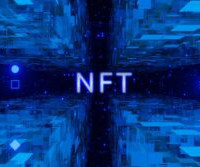
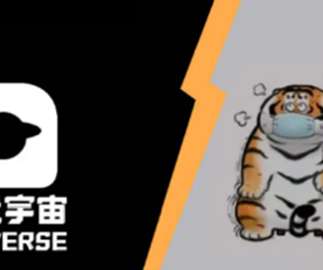
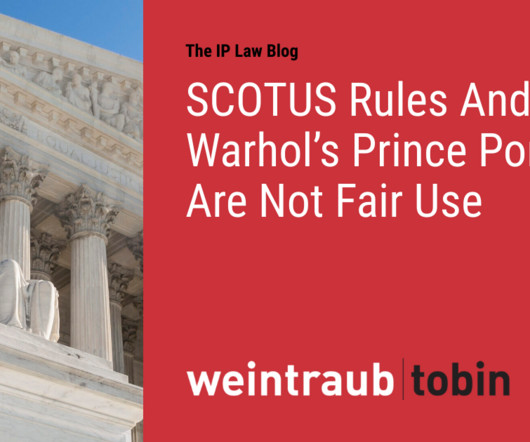







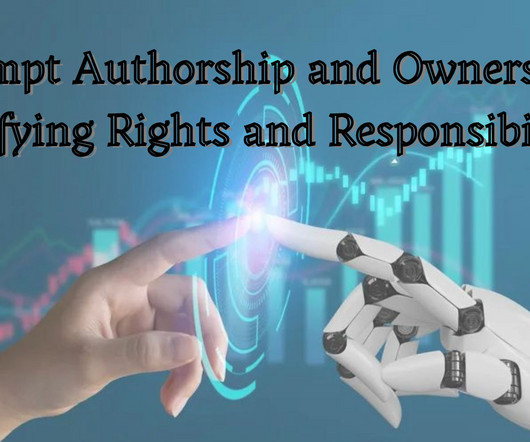
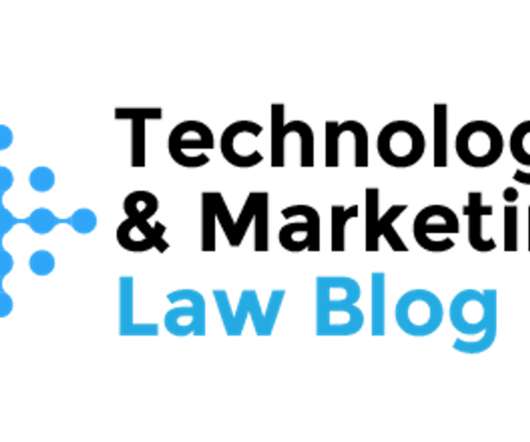
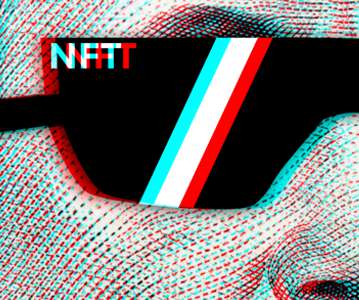






Let's personalize your content